Stomach-Turning Things That Actually Happened On The Oregon Trail
Whether your knowledge of the Oregon Trail comes from history lessons or the old-school educational game, you’ll remember that this long pilgrimage was characterized by accidents, illnesses, deaths, and disasters. All told, around 20,000 people died along the Oregon Trail.
Around 300,000 Americans are believed to have traveled along the trail, making the death rate 6.66% – quite the creepy number! If you want to learn more strange and stomach-turning facts about the events of the Oregon Trail, you’re in the right place. Read on for all the turbulent tales.
The Infamous Utter Party Massacre
The Utter-Van Ornum wagon train started full of hope but ended in a world of horror. Led by Elijah Utter, the group consisted of four families with 21 children chaperoned by a handful of former soldiers.
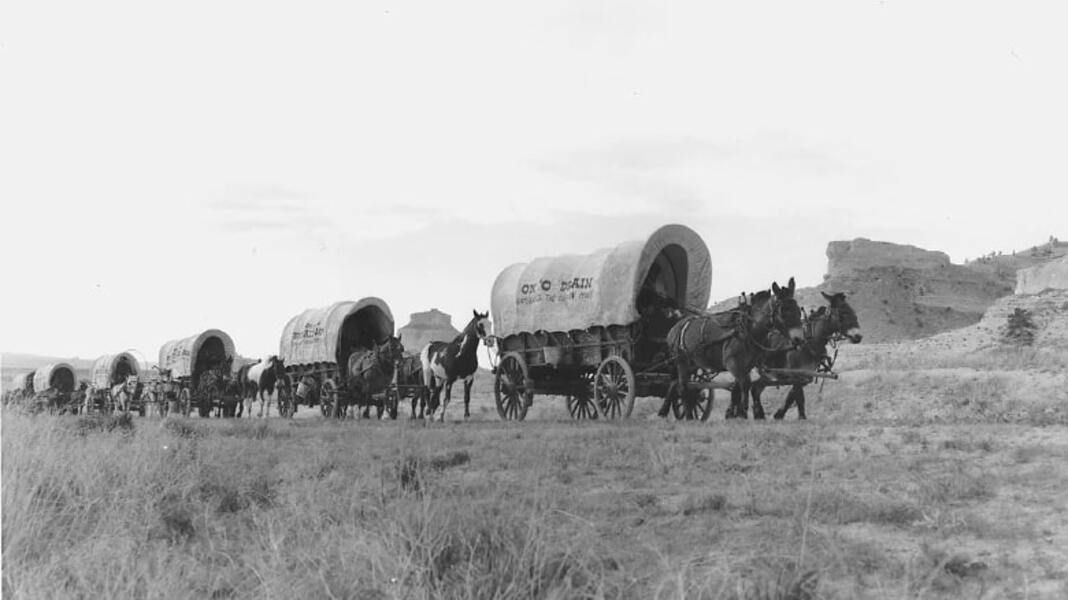
Source: Wikimedia Commons
On September 9, 1860, they were attacked. Many died, the soldiers fled, and the survivors were left in an unthinkable situation. Later, a chap named Lieutenant Anderson stumbled upon a camp of survivors who had resorted to cannibalism to survive.
The Tragic Tale of the Sager Orphans
In 1844, a family set off along the Oregon Trail. Their brood of six kids grew to seven during the journey as the mother gave birth in a wagon. Sadly, by the time they’d reached the Rockies, the father, Henry Sager, had died. The mother, Naomi Sager, went mad from the grief and died as they got to Twin Falls, Idaho.

Source: Fineas Anton/Unsplash
The orphans – the oldest of whom was 13 – made it to Walla Walla Valley, where they were adopted. However, they only got three years of relative safety before their new parents were massacred along with the two eldest Sager children. The other kids were held captive, and only three made it out alive.
Fort Laramie – aka "Camp Sacrifice”
Fort Laramie was a major trading post along the Oregon Trail. Settlers would trade the goods they’d stowed in their overloaded wagons, gaining the supplies they desperately needed. Unfortunately, it didn’t always work out so neatly.
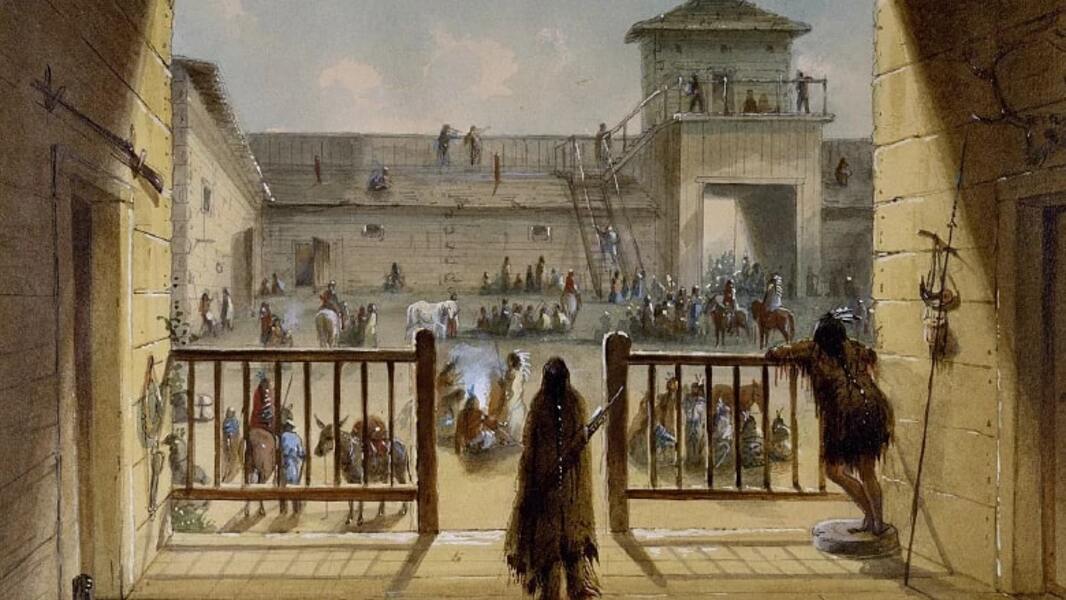
Source: Alfred Jacob Miller/Wikimedia Commons
People only wanted practical things, so a dumping ground of treasured but impractical possessions soon grew outside the fort. Even valuable items like weapons and plows were left to make the wagons easier to pull. Even in the 1800s, humans were creating piles of unnecessary waste.
New Information About the Donner Party Incident
The story of the Donner Party is one of the most famous ones to arise from the Oregon Trail. They set off for California in 1846, but half never made it beyond the Sierra Nevada mountains. The stories of cannibalism are certainly unsettling, but the most tragic aspect of the story is that their horrific fate could have been avoided.
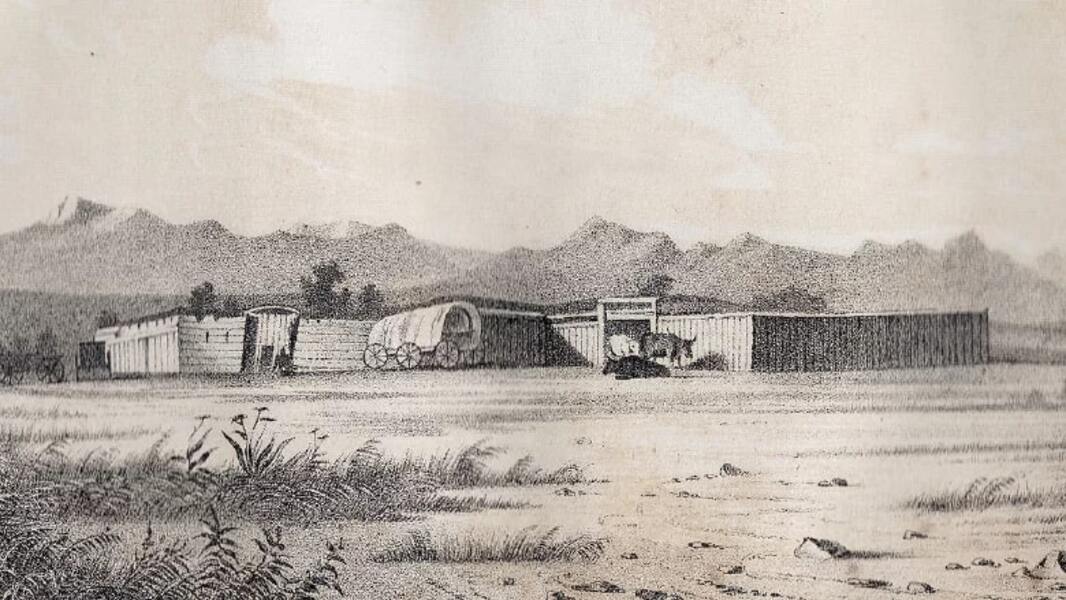
Source: Wikimedia Commons
The Donner Party had a scout (Edwin Bryant) riding ahead of them, and he wrote a letter telling them to avoid the Hastings Cutoff at all costs. Bryant left the letter at Fort Bridger (pictured), which was at the start of the Hastings trailhead. Unfortunately, they never handed over the note as they didn’t want to lose business. We all know how that worked out.
How the Donner Party Survived
Lewis Keseberg was a member of the Donner Party. Reports suggest he was the first to turn one of his travel companions into a meal. He allegedly tucked into so many settlers that he preferred human flesh to beef.
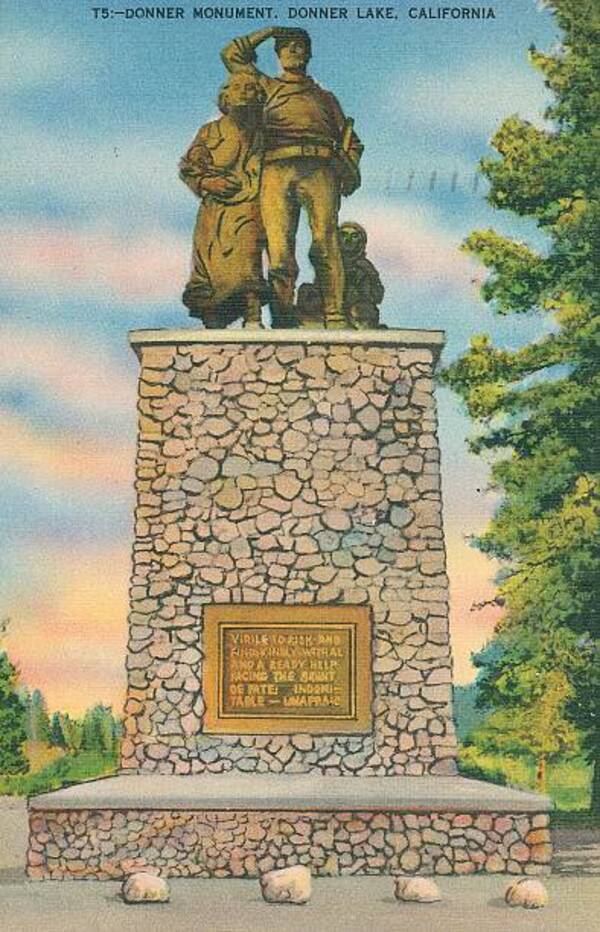
Source: Smith Collection/Gado/Getty Images
Keseberg denied the accusations and even won a total of $1 in a libel suit. He never shared many details about the horrific time he spent trapped in the Sierra Nevada range but did swear he never killed anyone – he only ate what was available after other people died.
America’s Longest Graveyard
This is the rather grim nickname given to the Oregon Trail by the National Park Service. They’re not wrong in seeing it as a lengthy graveyard. On average, every mile of the 2,000-mile trail was home to 10 deaths. From dysentery and cholera to poor gun safety and dangerous clashes, the pilgrims faced endless hardships.
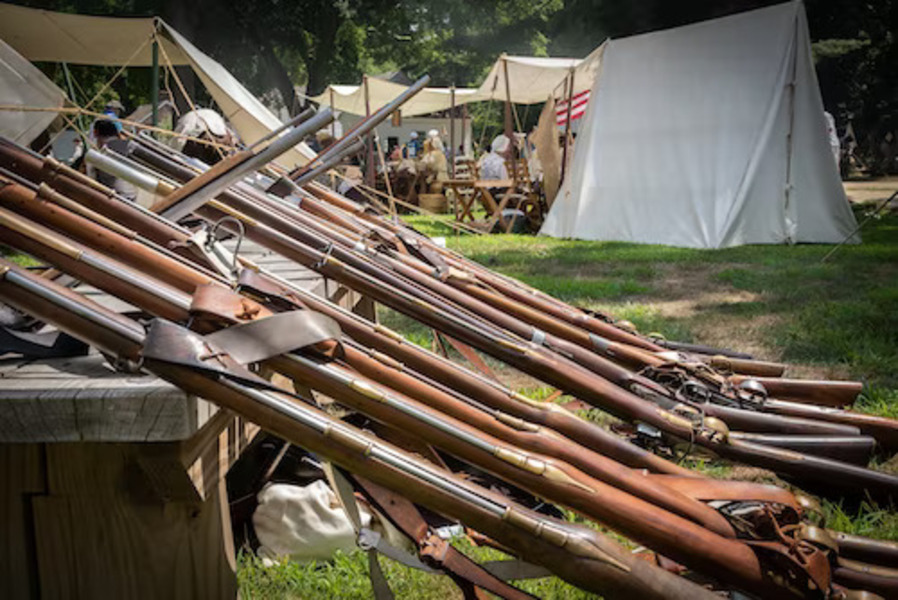
Source: Rusty Watson/Unsplash
There were a few accidental gun deaths on the trail, the first being John Shotwell. When pulling a gun from his wagon, Shotwell accidentally shot himself in the chest. He died slowly over about an hour, and the irony of his name was lost on no one.
Brigham Young’s Oregon Trail Error
The infamous Mormon leader promised paradise on Earth to new converts – all they had to do was load their lives and families onto a handcart and push them across the United States. Young insisted that this should only take 60 days. Of course, nothing went according to plan.
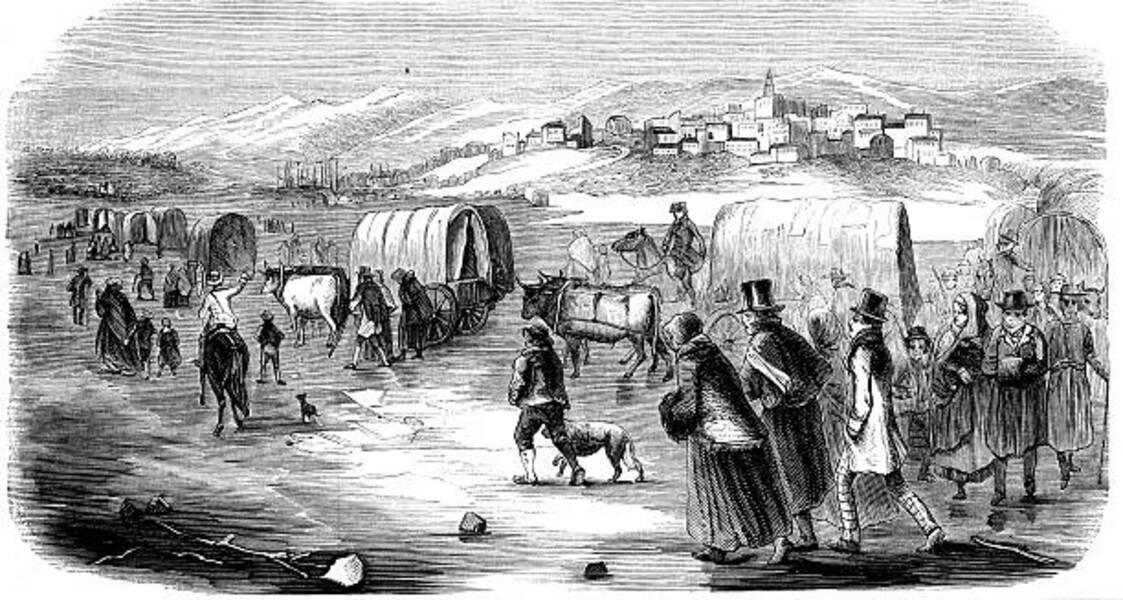
Source: Ann Ronan Pictures/Print Collector/Getty Images
With no supply stations along the way and carts better at breaking than rolling, the travelers were doomed from the start. Add to this the fact that they were horribly unprepared for the hunting and oxen driving they’d have to do, and you have a recipe for death and disaster. Many of those who survived lost limbs to frostbite.
Deadly Milk
As challenging as life on the Oregon Trail was, a surprising number of babies were born in the wagons that traversed it. Since the adults were dying with such regularity, that left a lot of orphans who had to be cared for and raised by whoever was left standing.
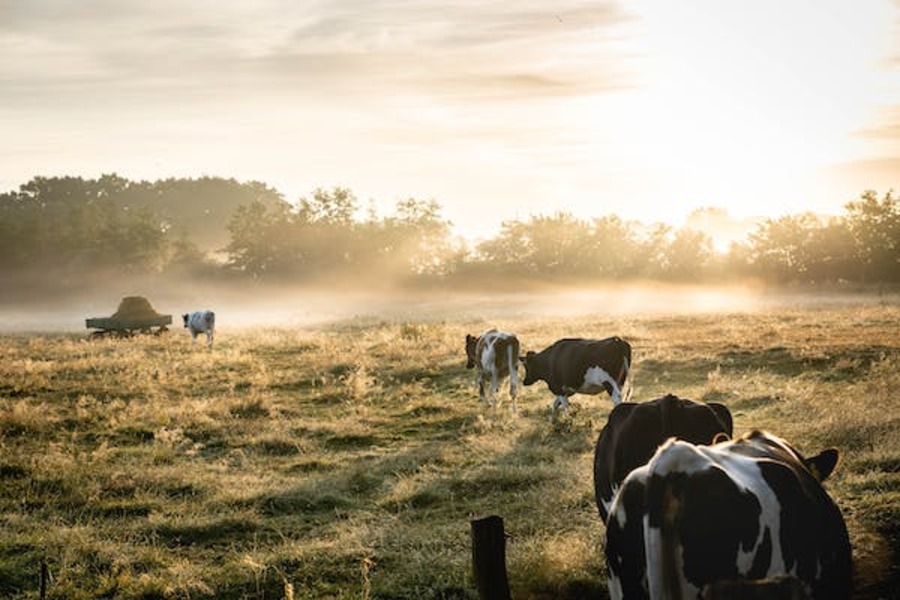
Source: Lukas Hartmann/Pexels
Unfortunately, diseases were rampant among the settlers, and they didn’t fully understand what was and wasn’t contagious. So, to protect breastfeeding mothers from sick babies, they would feed the little ones cow’s milk. In one horrific incident, the cattle had been grazing on white snakeroot and poison ivy, turning their milk into a bitter and deadly cocktail. Many babies died from the resulting “milk sickness.”
Quackery and Medical Malpractice
For the settlers, the height of modern medicine was rum, whiskey, castor oil, peppermint essence, and opium. Though some ancient wisdom was passed down through the generations, people often just made it up as they went along. For example, one cholera patient was told to drink a cup of camphor.
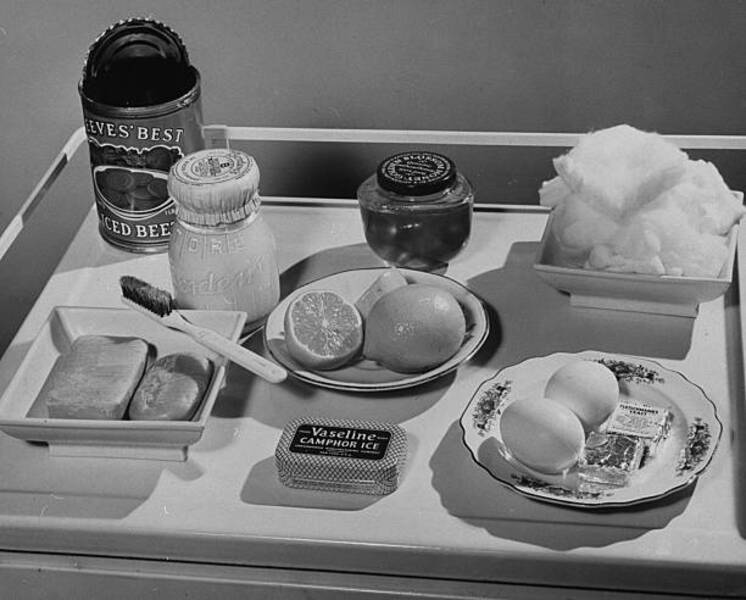
Source: George Karger/Getty Images
When applied in small doses and in the right way, camphor does have beneficial properties. However, it is also a neurotoxin that can penetrate the blood-brain barrier. We doubt the treatment protocol turned out well for that patient!
The Horror of Cholera
Cholera is a highly transmissible gastrointestinal illness caused by the Vibrio cholerae bacteria. It’s thought of by many as an old-timey disease. However, it still exists in some parts of Africa, Southeast Asia, and Haiti.

Source: KATERYNA KON/SCIENCE PHOTO LIBRARY/Getty Images
Along the Oregon Trail, some waterways were teeming with Vibrio cholerae. So, horrific outbreaks generally followed when the pilgrims had to wade in and cross them. The grossest part is that the waterways were only teeming with cholera because the settlers who’d gone before were relieving themselves of it out into the water. So, you were forced to wade through filth, get sick, and then leave your trail of filth for the following people. Delightful.
Casually Kicking Off a War
Many fur traders and missionaries who traveled along the trail at the end of the 19th century posed no threat to the Native American tribes. The settlers heading West stirred up conflict as they claimed land without even thinking to consult the traditional custodians.
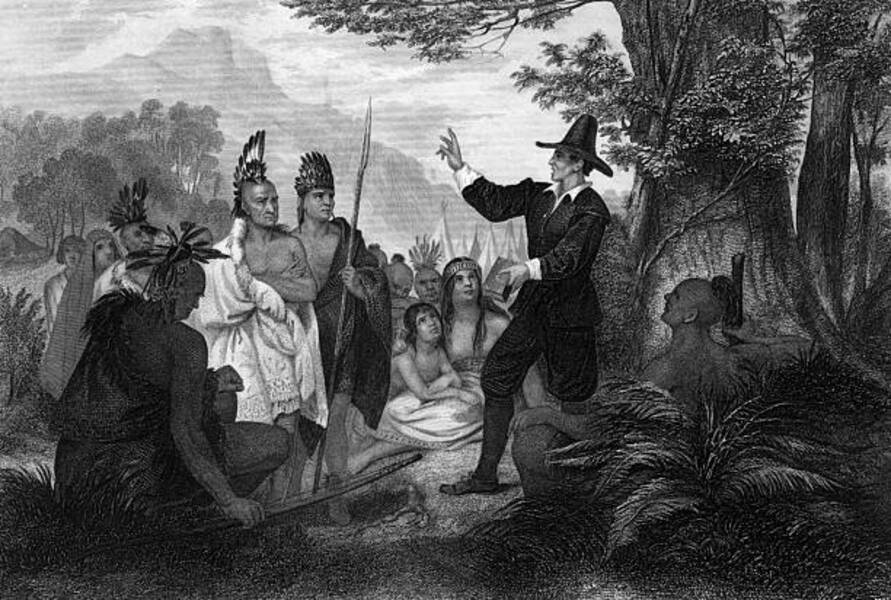
Source: Three Lions/Getty Images
On August 19, 1854, a second lieutenant named John Lawrence Grattan did something that kicked off a 22-year conflict. He’d been sent to negotiate with the Sioux about an argument over a sick cow. Grattan went in armed to the teeth, which understandably aggravated the Sioux.
The Skirmish with the Sioux
Grattan had no experience with native people, and his interpreter – Luciene Auguste – didn’t know their language very well. On top of this, Auguste drank so much alcohol on the way out to the camp that he was utterly wasted by the time they arrived.
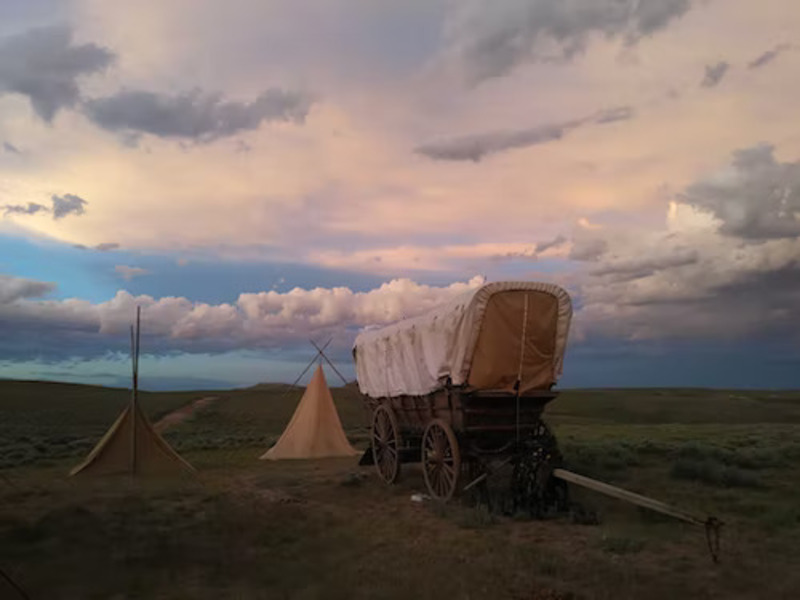
Source: Dana Davis/Unsplash
With heavily armed soldiers and a drunk, barely qualified interpreter, the misunderstandings escalated into a full-on conflict. Though Grattan brought dozens of armed soldiers, the Sioux came out on top. When the unfortunate second lieutenant was finally found, his body looked like a pincushion for arrows.
